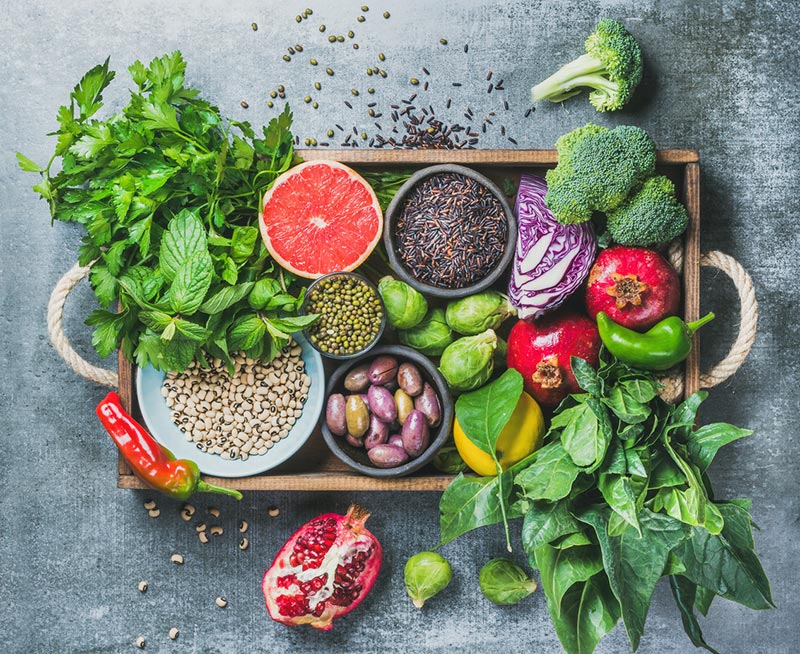
How to Start a Gluten Free Diet When You Have Celiacs
When you have celiac disease, starting a gluten-free diet is about more than hopping on board with the highly-buzzed-about eating trend that boasts many benefits of releasing gluten from everyday consumption.
Beginning any diet demands patience and discipline. Going gluten-free asks for both and then some. Gluten is an obvious ingredient in foods such as bread, but it goes unseen in the sneakiest foods, such as deli meat.
Learning which foods your body can properly digest and enjoy is the first step in embarking on a strict diet. The list of foods with sneaky gluten content is extensive, so it is best to focus on the bounty that is available to you and your health.
Let’s take a look at tips and tricks for getting started on gluten free-diet so that your success can be smooth and your life unaffected by celiac.
How to Start a Gluten-Free Diet
Learn which foods to eat
So many foods are naturally gluten-free! You are in for a treat when you venture into the world of fruits, vegetables, nuts, beans, fish and lean meats. Raw, natural foods will not only keep your digestive system happy, but you’ll notice mental and physical replenishing. Many grains such as quinoa and buckwheat (have you read about the amazing benefits of buckwheat??) are naturally gluten-free, too.
The first step in starting a gluten-free diet is familiarizing yourself with the extensive list of foods that naturally contain no gluten. Base your diet off of these to energize your new beginning.
Learn which foods to avoid
As part of the 1% in America with celiac disease, you are on your way to becoming a natural label scrutinizer. At first, you’ll keep a list handy on your phone to cross-check for gluten ingredients, but over time, ingredient names will become familiar, and a quick label glance will be all you need. When you start out, make sure to look up ingredient names you don’t recognize.
Food companies are not required to label gluten as an ingredient, so you need to check the label for the following ingredients:
- Wheat
- Barley
- Rye
- Malt
- Brewer’s yeast
- Oats
While oats are not gluten-based, they are commonly cross-contaminated with the double-protein composite.
Label checking can get exhaustive and frankly, it can feel defeating when you are starting your gluten-free diet. This is why it’s best to stick with a list of pre-approved gluten-free foods.
Plan ahead

Do yourself a favor and plan ahead. Plan your meals and pack your snacks for the day or the week so that hunger doesn’t tempt you away from your necessary gluten-free diet. Celiac patients require cautious attentiveness to their diets, which is why meal prep is a huge factor in diet success.
Eat before you are hungry
Within reason, eat before you are too hungry. Often, hunger manipulates our self-control and leads to rash eating decisions that severely affect those with celiac. Avoid these instances by eating at scheduled times, before hunger sets in.
Save gluten-free packaged items for the last resort
As food consumption trends toward eliminating gluten, more brands are offering gluten-free versions of traditional snacks. Be cautious – these goods generally contain a host of unhealthy ingredients to compensate for the absent gluten. If you’re in an absolute bind and starving, grab a gluten-free label, but try to always plan ahead and avoid these items.
Take your new gluten-free diet one day at a time, waking up each morning to embark on just one day without the substance. Over time, your gluten-free diet will become natural, scrumptious and preferable. To learn more about eating gluten-free, reach out to our team at AMP Floracel and browse our products for natural digestive and immune strengthening supplements.

